
Averting an Islamic State resurgence in Iraq and Syria
Why does it matter? Iraqis, Syrians and their international partners paid a heavy price to dislodge the militant organisation from its territorial "caliphate". Yet even as an insurgency, it still threatens Iraqis and Syrians locally, and, if it manages to regroup, it could pose a renewed threat globally.
What should be done? Keeping IS weak will require avoiding new conflict in either Iraq or Syria that would disrupt counter-IS efforts - most immediately, Turkish intervention in north-eastern Syria. Syrians and Iraqis need a period of calm to pursue IS insurgents and stabilise their respective countries.
The Islamic State has not made a comeback in Iraq or Syria - yet. The jihadist group survives as a deadly insurgency in both countries, but one that, compared to its earlier iterations, is weak and geographically circumscribed.
Local conditions, particularly in Iraq, have militated against its return. Yet both Iraq and Syria face internal dangers and external threats, most imminently Turkish intervention in Syria's north east, that could destabilise both countries.
If internal instability or external shock interferes with counter-IS efforts in either country, the organisation seems likely to attempt a return. Preventing its resurgence requires continued local efforts to combat the group and stabilise the situation, even as all sides engaged in counter-IS efforts - local and international - need to avert disruptive new conflicts among themselves, whatever their differences.
 |
The jihadist group survives as a deadly insurgency in both Iraq and Syria but one that is weak and geographically circumscribed |  |
IS has fallen far from its 2015 peak, when it was on the offensive against its many enemies and controlled a militant proto-state spanning Iraq and Syria. Faced with an overwhelming military campaign waged by an array of local and international foes, IS lost its last territorial foothold in Iraq in 2017 and in Syria in early 2019. In both countries, it has survived by shifting from semi-conventional warfare to hit-and-run insurgency.
In Iraq, the group operates as small, largely autonomous guerrilla units spread across the country's most inhospitable terrain, including its mountains and deserts. From these hideouts, IS militants emerge to prey on rural areas, kidnapping and extorting residents and killing state representatives.
The group's operations are simple; it has only infrequently carried out more complex or large-scale attacks. So far, it seems not to have penetrated Iraq's major cities.
Iraq has changed in ways that might prevent IS from returning in force. The nationwide sectarian polarisation from which IS benefited has faded. Additionally, now that many Sunni Arabs have experienced the dual trauma of IS' draconian control and the military campaign to recapture their home areas from IS, most want nothing more to do with the group.
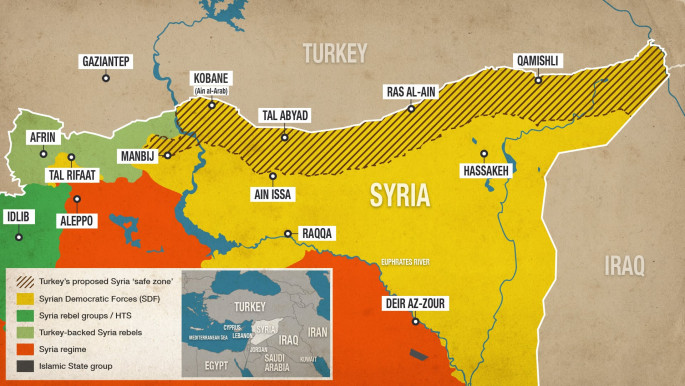 |
|
| [Click to enlarge] |
The Iraqi security forces, for their part, have curbed their excesses and forged a more functional relationship with Sunni Arabs.
Yet despite these reasons for optimism, there are also threats. Securing peripheral areas still bedevilled by IS will be a major challenge. The government has yet to rebuild and jump-start the economies of these and other areas that were damaged by the war against IS, discouraging the displaced from returning.
Healing society's wounds seems similarly difficult. Iraq's retributive approach to post-IS justice risks widening the country's divisions. "IS families" - civilians with alleged family ties to IS militants and who have been exiled from their hometowns - appear in danger of becoming a permanently stigmatised underclass.
 |
In both countries it has survived by shifting from semi-conventional warfare to hit-and-run insurgency |  |
US-Iranian tensions could also spill over into Iraq, potentially leading to attacks by Iran's local paramilitary allies on US targets. The results would be unpredictable but could imperil the continued presence of US-led coalition forces and trigger greater instability.
IS could also stage a return in neighbouring Syria, whose stability seems threatened by a newly-launched Turkish intervention in Syria's north east.
On 6 October, US President Donald Trump announced that Turkey would launch a military operation in northern Syria and that US forces "will no longer be in the immediate area".
Read more: Betrayed Syrian Kurds in Qamishli 'throw food' at departing US troops
Trump's statement - since then nuanced, muddled and contradicted - appeared to give a green light for unilateral Turkish intervention in Syria's north east against the US' primary Syrian partner in the fight against IS, the Syrian Democratic Forces (SDF).
The SDF is led by a mainly Kurdish force closely linked to the Kurdistan Workers' Party (PKK), a group that has waged a decades-long war with Turkey. After the few US troops present on the border left their positions, Turkey announced that the intervention had begun on 9 October, though its full scope remains unclear.
Conflict between Turkey and the SDF along the Syrian-Turkish border almost certainly will relieve pressure on IS, which lost its last territorial foothold in eastern Syria in May 2019 but persists as a deadly insurgency.
Since May, the SDF has continued to pursue IS remnants across the north east and to hold thousands of IS detainees and IS-affiliated family members. Yet the SDF has warned that it will be forced to redirect its forces toward Syria's northern border should Turkey attack.
The consequences may be disastrous for areas farther south, where IS is most active, and for prisons and camps that hold IS militants and were already vulnerable to attack before the latest events.
Even if IS likely will survive in some form in both Iraq and Syria, its many enemies ought to be able to contain or even further degrade the group.
For that, however, both countries need to be spared new external shocks that could disrupt counter-IS efforts. Most urgently, the US and its allies should work to convince Turkey to halt its invasion of the north east, which could damage Turkey's international political standing and its domestic security.
That could allow time for a new interim arrangement that addresses Turkish security concerns pending a final agreement on the area.
 |
Conflict between Turkey and the SDF along the Syrian-Turkish border almost certainly will relieve pressure on IS |  |
Failing that, the alternative is for the SDF, likely with Russian mediation, to negotiate a settlement directly with the Syrian regime that might forestall a Turkish attack. Governments should also repatriate as many of their civilian nationals as is feasible from the north east's displacement camps, before children in the camps are engulfed by conflict.
Local actors need to take steps, too. With help from its international partners, the Iraqi government ought to redouble its efforts to secure IS-affected rural areas if neighbouring Syria devolves into chaos.
Baghdad should also prioritise reconstruction of war-damaged areas and return of the displaced, including "IS families". If Turkey's attack can be limited, the SDF will still have to allow its local partners to play a more active role in governance and security, including in Deir az-Zour, and help defend them against IS predation.
An IS resurgence in Iraq and Syria can still be prevented. But it requires sustained efforts by the group's local and international adversaries, who must avoid deadly conflict among themselves that could give IS new life.
International Crisis Group is a transnational non-profit, non-governmental organisation that carries out field research on violent conflict and advances policies to prevent, mitigate or resolve conflict.
Republished, with permission, from the International Crisis Group.
Opinions expressed in this article remain those of the author and do not necessarily represent those of The New Arab, its editorial board or staff.

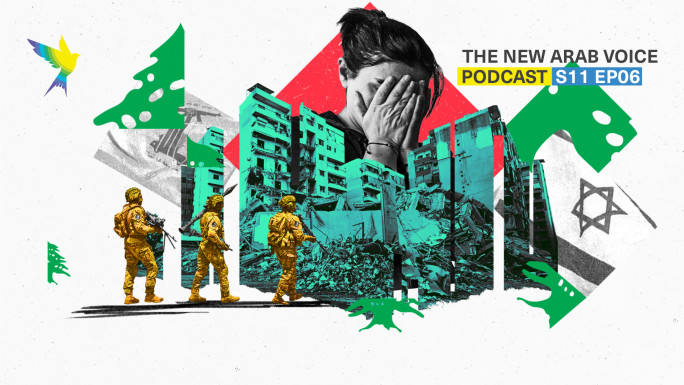
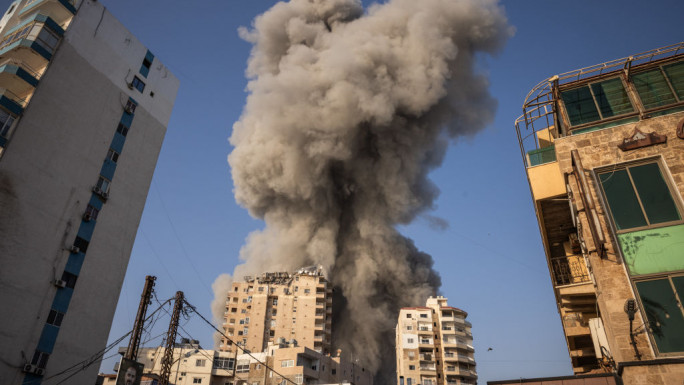
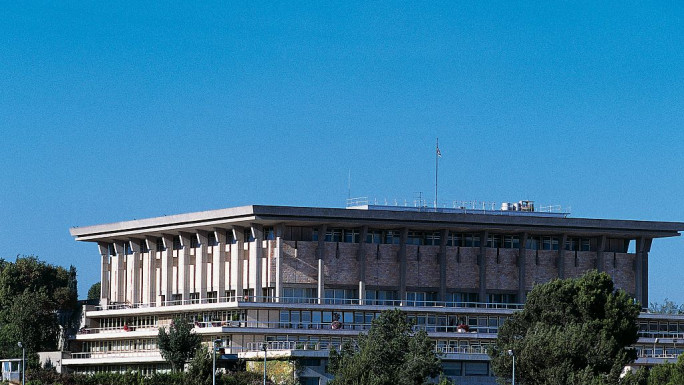
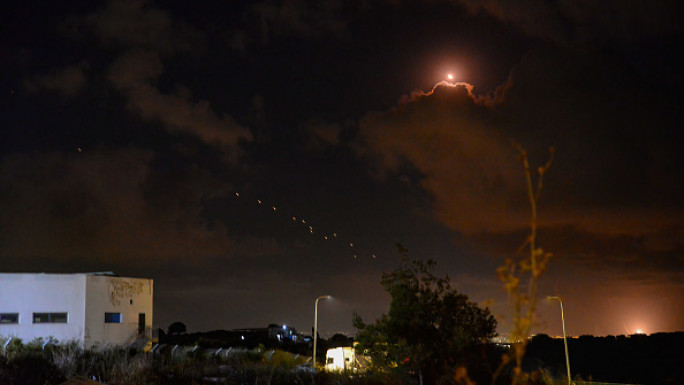
 Follow the Middle East's top stories in English at The New Arab on Google News
Follow the Middle East's top stories in English at The New Arab on Google News


